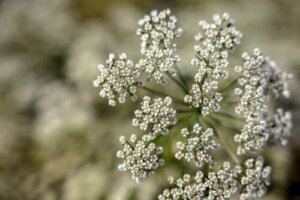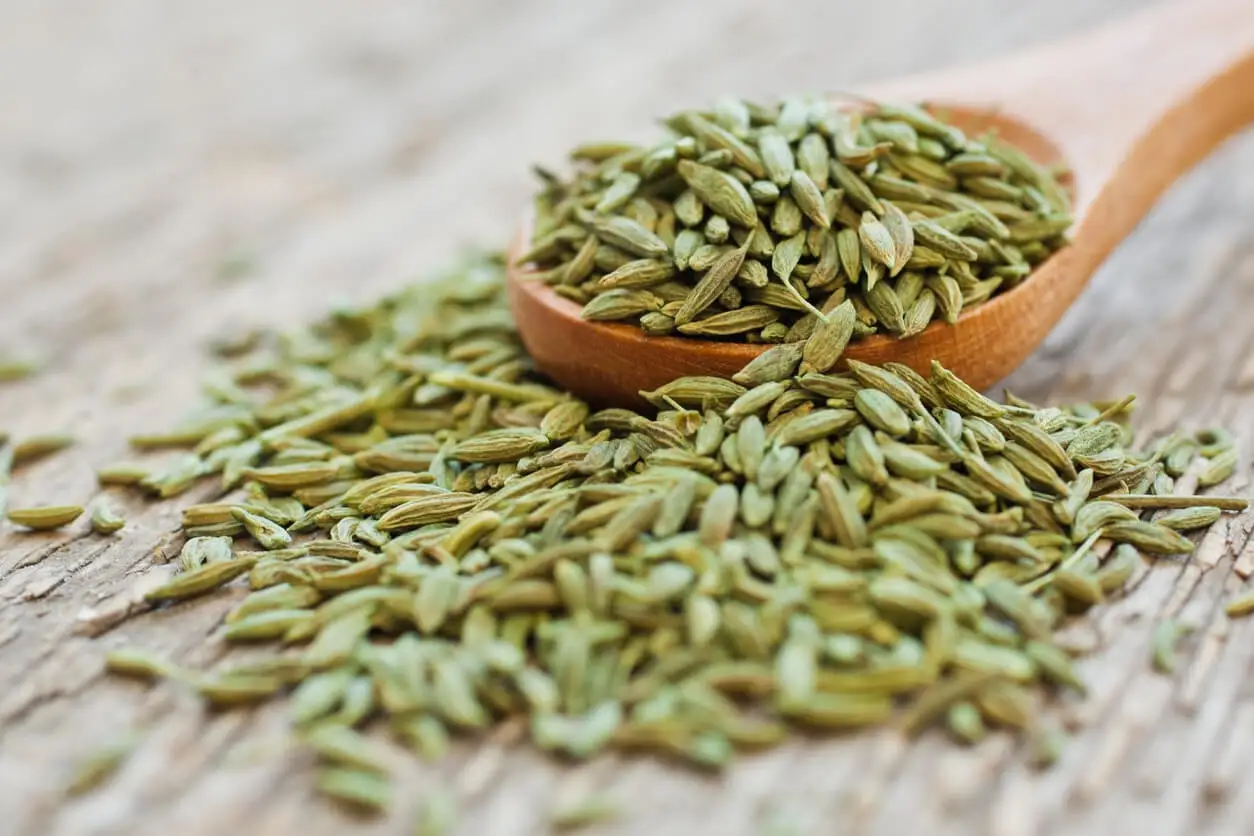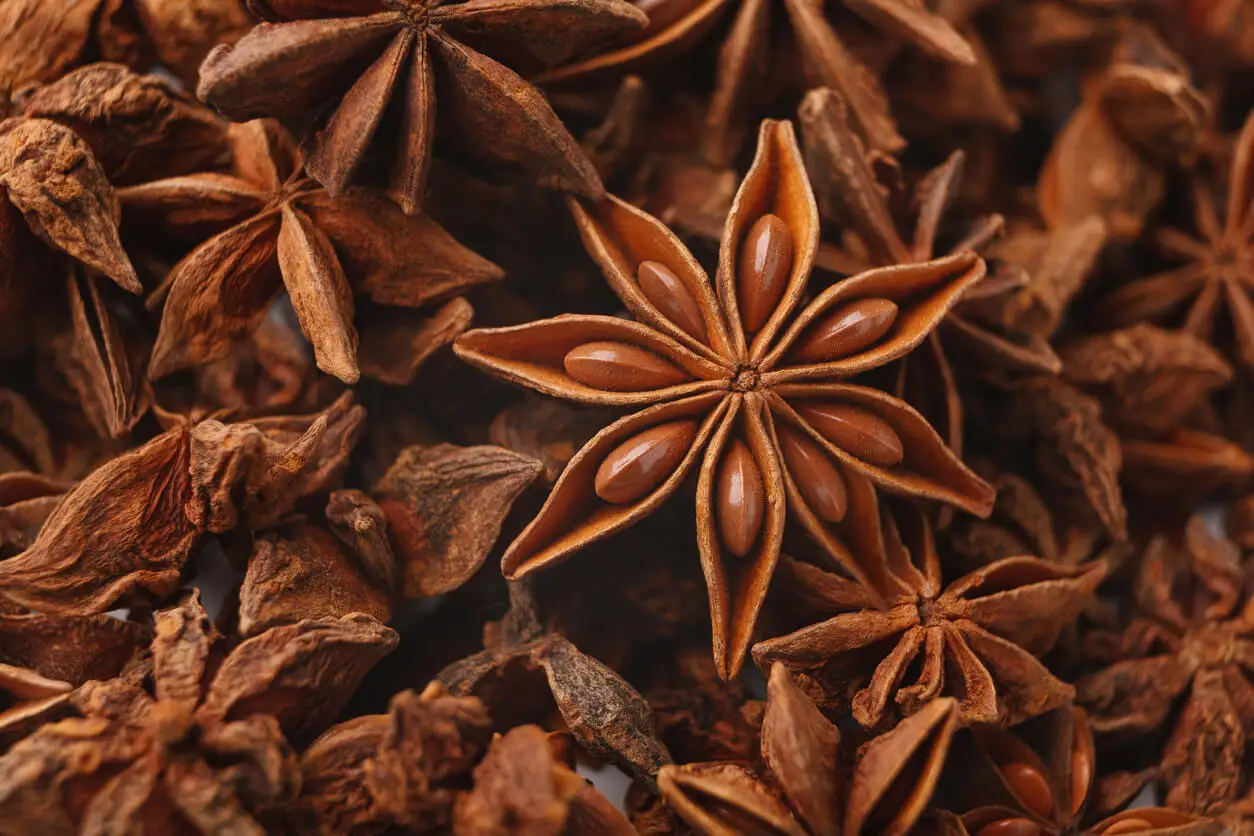The Anise Plant: Cultivation and Care


Reviewed and approved by the doctor Leonardo Biolatto
Pimpinella anisum, the name for the aniseed or anise plant has a penetrating fragrance and extensive benefits. Hundreds of cooking recipes use it, and in Asia, they use it to treat stomach ailments. Find out all about the anise plant here!
You can get anise in any market ready for your dishes, but another great way to get it is by planting it at home. If you want to add it to your garden, take a look at these cultivation and care tips.
The anise plant and its characteristics
The plant belongs to the Apiaceae family. This annual herb, as drugs.com tells us, grows between 0.3 and 0.6 meters (1 to 2 feet), and its flowers are white or yellow and sprout in the middle of summer, with feather-like leaves. The greenish-brown ribbed fruits stand out.
The aroma and flavor of anise is comparable to licorice, and people include it in dishes, drinks, and remedies due to the active ingredients and oils it contains, such as those mentioned below:
- Anethole
- Anisic acid
- Anisic aldehyde
- Chavicol methylene
- Terpenic complexes
A study by ISRN Pharmaceutics associated several of these compounds with a broad spectrum of pharmacological effects. However, it points out the need for additional clinical trials to evaluate the benefits of the plant in humans, as well as the synthesis of new medicines made from the active ingredients of anise.
Take a look at this article: Make a Medicinal Tea with Apples, Cinnamon, Anise, and Cloves
The aroma and other benefits of the anise plant
There are different types of anise. One is green or sweet anise. This is the ingredient that’s often used to soothe heartburn and create cosmetic formulas.
Florence anise or fennel is used in the preparation of savory menus, while star anise is preferred for desserts and infusions. Another type is Japanese anise, but its consumption isn’t recommended on a massive scale, as it could affect urinary tract disorders.
La Gaceta Médica de México reported an experiment on mice (article mostly in Spanish) in which they examined their reactions after inducing diarrhea with castor oil and then treating them with a mixture of star anise and chamomile. The results were encouraging, as they suggest that the plant would work as an alternative antidiarrheal.
However, caution is essential with high doses of anise, as too much would cause intoxication. In this regard, experts recommend moderation when consuming the plant and say that they can be useful additions to treatment, but can never replace the recommendations of a doctor.
If you use the herb for medicinal purposes, it’s essential to consult with a professional.

Anise plant cultivation and care
Anise is a species to sow in late winter or early spring. Its seeds germinate without any problems if the temperature is higher than 15°C (59 F) and the soil is in optimal conditions.
The hardiness of the herb exempts rigorous care. However, the following considerations are useful.
Soil
Although anise thrives in all types of soils, even in acid soils worked with lime, it’s essential that the soil contains a good amount of minerals and organic matter. The ideal pH ranges between 6.0 and 6.7.
For pots, a universal substrate and adequate drainage contribute to the development of matalahúva.
Temperature
Anise doesn’t go hand in hand with extreme cold. It’s vulnerable to flooding and doesn’t tolerate dry winds either.
Warm temperatures are its thing, so, when planting, consider a garden schedule suitable for temperate climate species.
Light
Anise growth is greater if it receives sufficient sunlight. If you plant the specimen in a pot, place it where it receives sunlight; it can be next to a terrace or window. In case of direct cultivation in the garden soil, choose an area where there’s full sun.
Fertilization
Any fertilizer favors the anise plant: from homemade organic to manure. But, if you use the latter, make sure that no other plant was planted in it before.
Likewise, when using mineral fertilizer, make sure that the base is potassium. The excess of nitrogen is counterproductive for the harvest.
Hydration
Watering of the anise plant should be carried out 2 or 3 times a week, without overdoing it. Although watering should be regular, the idea is that the substrate tends towards a dry texture. This recommendation also applies to large-scale cultivations.
Sowing
The appropriate way to plant anise is in rows and with a previously moistened substrate. If you do it directly in the garden, ensure a distance of at least 25 centimeters (10 inches) between the seeds.
Bury them half a centimeter (0.2 inches) deep if in the ground and about 8 centimeters (just over 3 inches) in pots, because germination depends on darkness. The sprouts are evident 3 weeks after sowing.
When the environment is too cold, it’s advisable to start in a pot inside the house and, when they reach maturity, to transplant it.
Harvest
In August, it’s time to harvest the anise. You know that the fruit is ready when you notice the brownish tone with greenish sparkles.
The harvesting procedure is advisable in the morning and includes cutting the flower, airing the bunches, and exposing them to the sun so that the seeds toast.
When they’re completely dry, rub the flowers or “umbrellas” and take out the seeds. It’s advisable to store them in a cool, dark place.

Read more here: Three Linseed Remedies To Relieve Constipation
Possible diseases of the anise plant
Every plant is susceptible to diseases and anise is no exception. The National Institute of Agricultural Technology (INTA) analyzed crops in fields of this species and found that during the first stage of development, it’s likely to suffer from damping off disease, in addition to the soil fungus complex.
INTA stresses that the solution to these problems lies in the correct preparation of the soil, avoiding, at all costs, waterlogging of the soil and sowing seeds that have been treated with fungicides beforehand.
All cited sources were thoroughly reviewed by our team to ensure their quality, reliability, currency, and validity. The bibliography of this article was considered reliable and of academic or scientific accuracy.
- Bayer. (2017). ¿En qué consiste el Damping-off? Vegetables by Bayer. https://www.vegetables.bayer.com/mx/es-mx/recursos/noticias/blog-en-que-consiste-el-damping-off.html
- Drugs.com. Anís. Drugs.com. https://www.drugs.com/npc/anise.html
- Red de Protección Social. Gobierno de Chile. Anís. Red de Protección Social. Gobierno de Chile. https://www.minsal.cl/portal/url/item/7d989fe7675e6fd2e04001011e011e12.pdf
- Rodríguez, R. G. C. Y. (2018). Una mezcla de manzanilla y anís estrella con actividad antimotilidad y antidiarreica en ratones. Gaceta Medica de Mexico, 154, S61–S66. https://doi.org/10.24875/GMM.18004580
- Sánchez, HH. (2013). El cultivo de anís. Aspectos a considerar para la producción de anís. Instituto Nacional de Tecnología Agropecuaria. ISBN: 978-987-679-209-5. https://inta.gob.ar/sites/default/files/script-tmp-inta-_sanchez_cultivo_de_anis.pdf
- Shojaii, A., & Abdollahi Fard, M. (2012). Review of Pharmacological Properties and Chemical Constituents of Pimpinella anisum. ISRN Pharmaceutics, 2012, 1–8. https://doi.org/10.5402/2012/510795
This text is provided for informational purposes only and does not replace consultation with a professional. If in doubt, consult your specialist.








